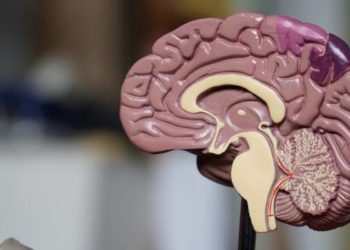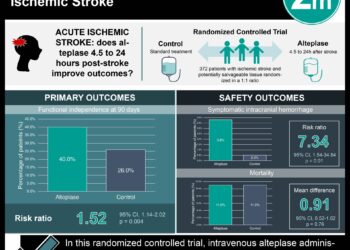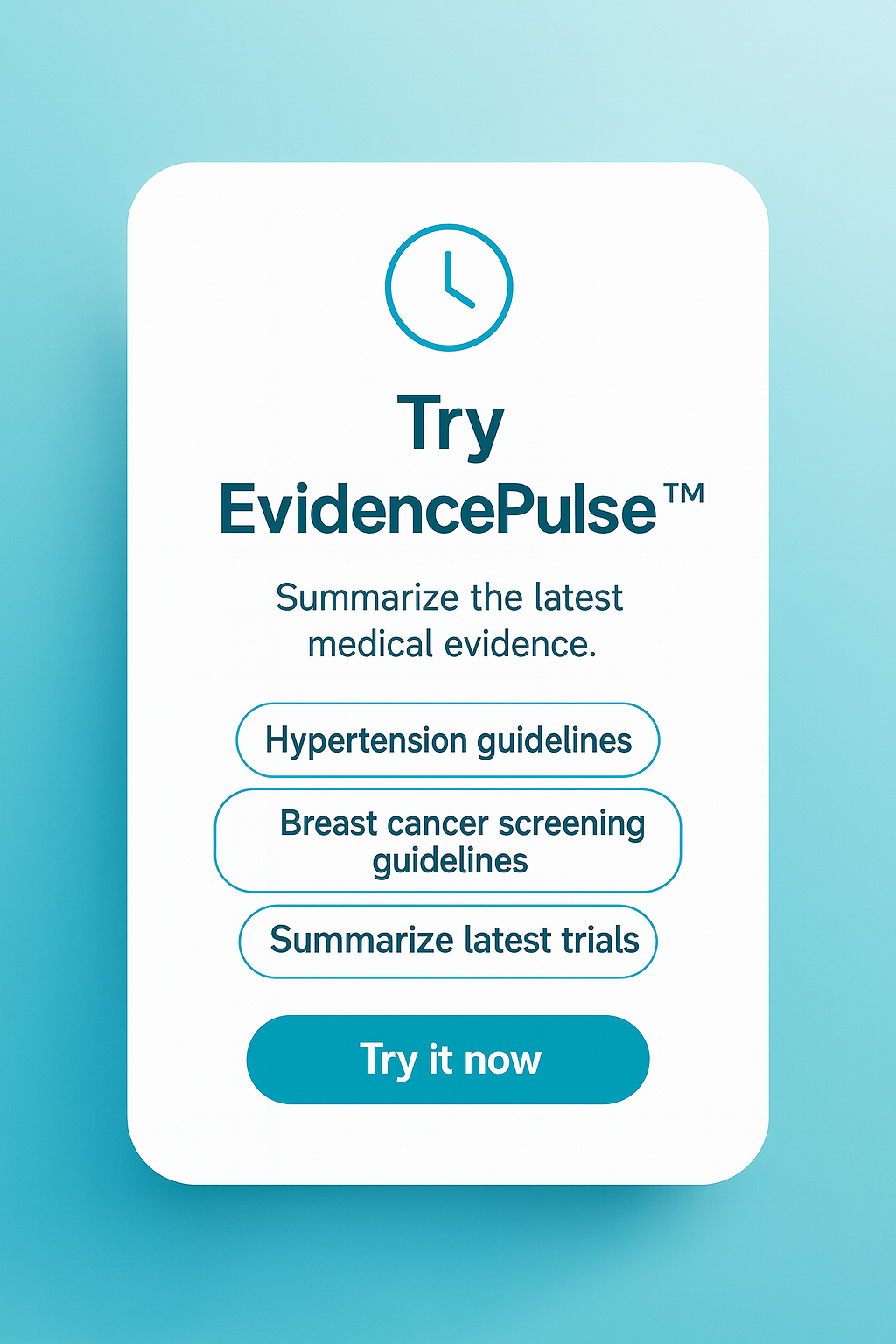Endovascular thrombectomy improves functional outcomes but not mortality in acute ischemic stroke
1. In this meta-analysis, mechanical thrombectomy as a treatment for acute ischemic stroke was associated with significantly improved functional outcomes, higher rates of angiographic revascularization at 24 hours, and higher rates of functional independence at 90 days compared to standard fibrinolysis treatment with intravenous tissue plasminogen activator (tPA).
2. No significant differences were found between the endovascular or standard therapy arms with regard to rates of symptomatic intracranial hemorrhage or all-cause mortality at 90 days.
Evidence Rating Level: 1 (Excellent)
Study Rundown: The current standard of care in the management of acute ischemic stroke is intravenous tissue plasminogen activator (tPA), a thrombolytic drug which improves survival and functional outcomes when administered within four and a half hours of stroke onset. However, the use of tPA is limited by the narrow therapeutic time window and by several important contraindications, including coagulopathy, recent surgery, recent stroke or head injury. Furthermore, intravenous tPA is associated with long recanalization times and poor revascularization rates in proximal large vessel occlusions, presumably due to sheer clot size preventing drug penetration and subsequent clot degradation, and the prognosis of these patients remains poor. In patients with proximal large vessel occlusions, endovascular thrombectomy has risen as a viable therapeutic option analogous to percutaneous coronary intervention for myocardial infarction. Several randomized clinical trials have compared clinical outcomes of mechanical thrombectomy to standard medical treatment with intravenous tPA and have found that with appropriate patient selection, outcomes are significantly improved with endovascular therapy. The present study was a meta-analysis of several randomized controlled trials (RCTs) that sought to answer the question of whether endovascular thrombectomy is associated with superior clinical outcomes as compared intravenous tPA alone, and accordingly, whether endovascular thrombectomy should replace intravenous tPA as the new standard of care for ischemic stroke. The analysis found that among patients with acute ischemic stroke, endovascular therapy with mechanical thrombectomy versus standard medical care with tPA was associated with improved functional outcomes and higher rates of angiographic revascularization, but no significant difference in symptomatic intracranial hemorrhage or all-cause mortality at 90 days. This study established that, based on the current body of evidence, endovascular thrombectomy for the treatment of acute stroke secondary to proximal large vessel occlusion should be considered the new standard of care if performed within 6 hours of symptomatic onset. Typically, patients undergoing such therapy require pre-procedural computed tomographic or magnetic resonance angiography to confirm the site and type of occlusion and, when available, use perfusion imaging to confirm a rescuable penumbral region. Additionally, this therapy is typically combined with intravenous tPA, and the newest stent retriever endovascular devices should be used. While findings of this study represent a significant step in evidence-based guidelines for treatment of acute ischemic events, future studies are needed to better identify the ideal patient population in whom endovascular therapy would be most effective, and additional investigations of other possible treatment-related variables that may affect thrombectomy outcomes are needed. Moreover, studies are needed to evaluate the cost-effectiveness of endovascular therapy for the treatment of ischemic stroke.
Click to read the study in JAMA
Relevant Reading: Endovascular therapy for acute ischemic stroke: a systematic review and meta-analysis
In-Depth [meta-analysis]: This meta-analysis aggregated data from 8 RCTs which included a total of 2423 patients (mean age: 67.4 ± 14.4 years, 46.7% female), with 1313 patients who underwent endovascular thrombectomy and 1110 patients who received standard medical care with intravenous tPA. Their functional outcomes were assessed using the modified 7-point Rankin scale (mRS), which uses an ordinal scale that ranges from 0 (no symptoms) to 6 (death), evaluated at 90 days after stroke. Endovascular thrombectomy resulted in better functional outcomes, or showing lower overall mRS scores with a significant proportional treatment benefit across mRS scores (OR 1.56; CI95 1.14–2.13; p = 0.005) as compared to standard therapy with tPA. A greater proportion of patients who underwent mechanical thrombectomy achieved functional independence at 90 days (44.6%; CI95 36.6%-52.8%) than standard medical therapy (31.8%; CI95 24.6%-40.0%). Furthermore, endovascular thrombectomy was associated with significantly higher rates of angiographic revascularization at 24 hours compared with standard medical care (75.8% versus 34.1%; OR 6.49; CI95 4.79-8.79; p < 0.001), but no difference in rates of symptomatic intracranial hemorrhage (5.7% versus 5.1%; OR 1.12; CI95 0.77-1.63; p = 0.56) or mortality (15.8% versus 17.8%; OR 0.87; CI95 0.68-1.12; p = 0.27). The positive treatment effect of endovascular thrombectomy over standard medical treatment was maximized when computed tomographic or magnetic resonance angiography was used to confirm large vessel occlusion prior to undertaking endovascular intervention and when mechanical thrombectomy was used in combination with intravenous tPA.
Image: CC/Wiki?CC/Blausen Medical Communcations
©2015 2 Minute Medicine, Inc. All rights reserved. No works may be reproduced without expressed written consent from 2 Minute Medicine, Inc. Inquire about licensing here. No article should be construed as medical advice and is not intended as such by the authors or by 2 Minute Medicine, Inc.






